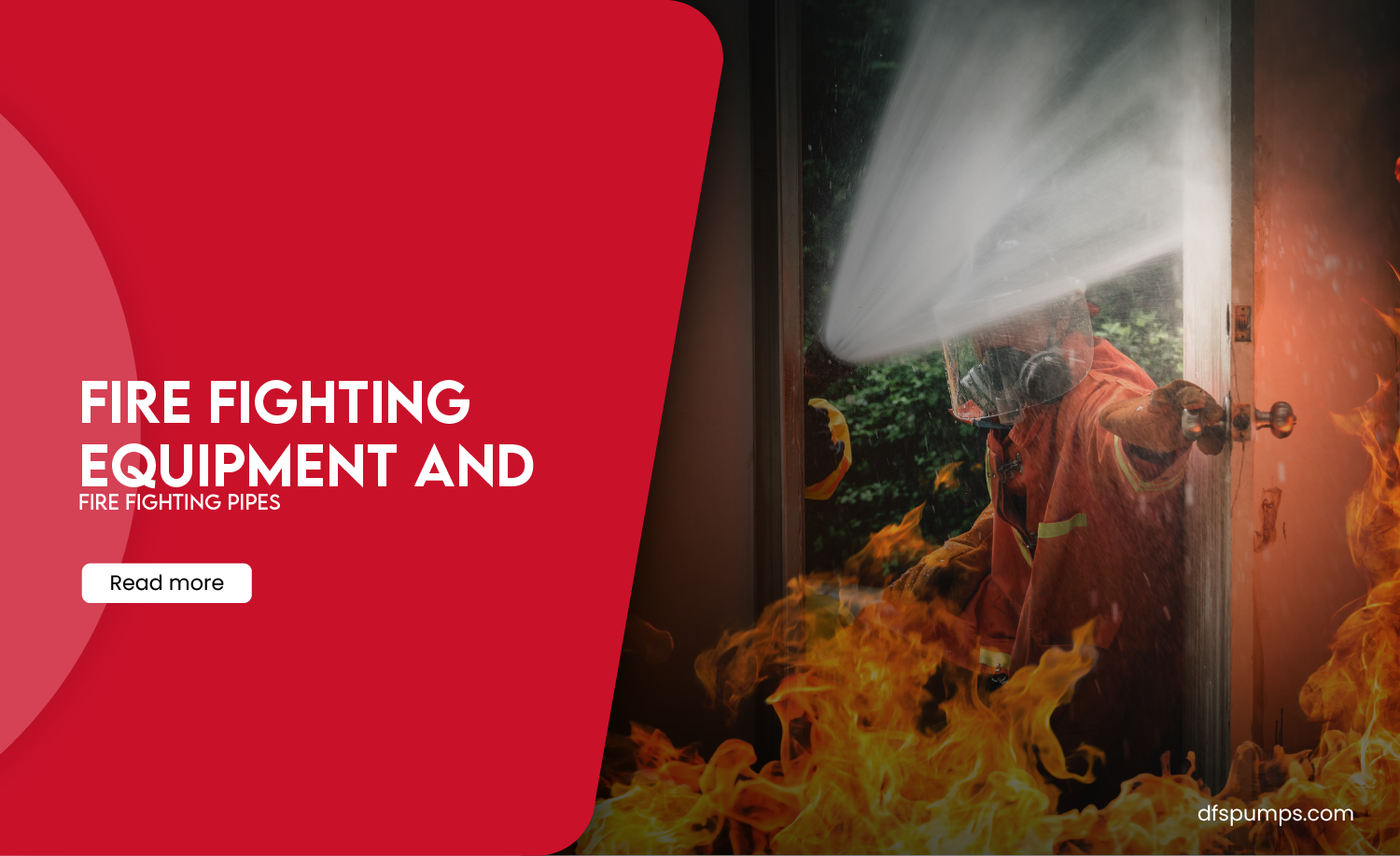A Complete Guide to Fire Fighting Equipment and Fire Fighting Pipes

Fire fighting
is a critical component of safety in residential, commercial, and industrial settings. Fire incidents can cause devastating losses, but with the right fire fighting equipment, including reliable fire fighting pipes, we can effectively prevent and control fires. In this comprehensive guide, we will explore different fire fighting equipment, the importance of fire fighting pipes, and how to ensure your fire safety system is up to standard.
What is Fire Fighting?
Fire fighting refers to the techniques, systems, and equipment used to extinguish fires and prevent their spread. It involves a combination of passive fire protection (fire-resistant materials) and active fire protection (fire extinguishers, sprinklers, alarms, and trained personnel). The primary goal of fire fighting is to minimize damage to property and save lives.
Importance of Fire Fighting Equipment
Without proper fire fighting equipment, fires can quickly get out of control, leading to catastrophic damage. Fire safety tools and systems ensure that fire hazards are managed before they escalate.
Types of Fire Fighting Equipment
Fire fighting equipment plays a crucial role in emergency response. Below are the essential fire safety tools used in buildings, factories, and industrial areas.
1. Fire Extinguishers
Fire extinguishers are the first line of defense against small fires. Different types are available for various fire classes:
- ABC Dry Chemical Extinguishers – Suitable for Class A (wood, paper), Class B (flammable liquids), and Class C (electrical fires).
- Carbon Dioxide (CO2) Extinguishers – Ideal for electrical and flammable liquid fires.
- Foam Fire Extinguishers – Best for Class A and B fires.
- Water Extinguishers – Effective for Class A fires but not suitable for electrical or oil fires.
2. Fire Sprinkler Systems
Fire sprinklers activate automatically when high temperatures are detected. They are commonly used in commercial and residential buildings to suppress fires before they spread.
3. Fire Hydrants & Hose Reels
Fire hydrants provide an immediate water supply for fire fighters, while hose reels allow for quick and efficient fire suppression.
4. Fire Alarm Systems
Fire alarms are essential for early detection. They alert occupants and emergency responders to take immediate action.
5. Fire Pumps
Fire pumps ensure a reliable water supply for sprinklers and hydrants, particularly in high-rise buildings and industrial facilities.
Understanding Fire Fighting Pipes
What Are Fire Fighting Pipes?
Fire fighting pipes are specialized pipes used to transport water in fire suppression systems. Unlike regular pipes, they must withstand high pressure and extreme conditions to ensure water reaches fire suppression devices efficiently.
Types of Fire Fighting Pipes
- Galvanized Steel Pipes – Corrosion-resistant and widely used in fire suppression systems.
- Ductile Iron Pipes – Known for durability and strength, ideal for underground fire water systems.
- CPVC Pipes – Lightweight, cost-effective, and resistant to corrosion.
- Black Steel Pipes – Commonly used but require external coatings for corrosion protection.
Key Standards and Certifications
- NFPA (National Fire Protection Association)
- UL (Underwriters Laboratories) Certification
- FM (Factory Mutual) Approved Pipes
Choosing the Right Fire Fighting Equipment
Factors to Consider
- Building Type – The fire suppression needs of a residential building differ from those of an industrial facility.
- Local Regulations – Fire safety codes vary by region, and compliance is essential.
- Budget – Invest in high-quality equipment that provides the best protection.
- Maintenance and Inspection – Regular checks ensure all equipment functions properly.
Best Practices for Fire Safety Maintenance
- Regular Inspection of Fire Fighting Equipment
- Routine Testing of Fire Sprinklers and Hydrants
- Training Employees on Fire Safety Measures
- Keeping Fire Extinguishers Easily Accessible
- Ensuring Fire Fighting Pipes Are in Top Condition


One Response